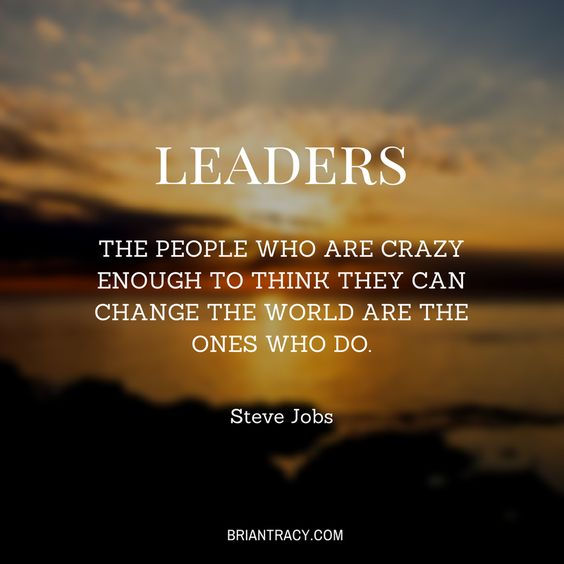These 3 Transformational Leaders Led Their Company Back From Bankruptcy To Dominate Their Industry,
- Gifford Thomas

- Sep 27, 2018
- 3 min read

Some of the world’s most exceptional leaders who led corporate turnaround have inspired millions of people to believe that the impossible is possible. Each of them has a different style of leadership, stark different personalities and beliefs; but all have the ability to inspire and motivate people to do more than they can ever imagine.
Immediately three leaders come to mind Alan Mullay, Steve Jobs, and Howard Schultz. Three different leaders, with three different leadership style but with one commonality; they all took their company from the jaws of bankruptcy to become the leaders in their industry in a relatively short space of time and they inspired a generation of people to think different.
Steve Jobs has to be one of most iconic transformational leaders the world has ever seen. Remember in 1986, the once mighty Apple was dead in the water with Wall Street analysts even predicting the end of Apple to the point where the company was practically giving away their shares.
Jobs passion for perfection, simplicity, and sophistication drove the company he co-founded to be one of the most valuable companies in the world. He made sure every employee who worked at Apple understood the purpose, vision, and values of the company and he constantly challenged his employees to think beyond what has already been done and made them create products that the world did not even know it needed.
Transformational leaders are visionaries, they champion the very best for their employees and they are personally involved in the growth of their team professionally and personally. When Howard Schultz came back as the CEO of Starbucks,. Schultz surprised everyone when he took 10,000 store managers to New Orleans for a conference, yes, 10,000 managers in the midst of the worse time in the company history. A lot of people did not understand his decision, but Schultz knew if people were reminded of the company character and values, everyone could make a difference.
The conference was about galvanizing the entire leadership of the company—being vulnerable and transparent with their employees about how desperate the situation was, and making them understand that everyone, must be personally accountable and responsible for the outcome of every single customer interaction.
The late great Dr. Myles Munroe said that great leaders could walk into a room of depressed people and transform those people into warriors. Note the word TRANSFORM. My experience has shown me that transformational leaders are a rare breed.
For example in 2007, Ford was in serious trouble and close to bankruptcy when Alan Mulally became the CEO of the company. Ford lost 12 billion dollars in one year and hemorrhaging cash at an alarming rate. When Alan Mulally arrived at Ford as the CEO, one of his priorities was identifying Ford’s core purpose and charting a vision for Ford recovery. Mulally found an ad from 1925 in which Henry Ford outlined his purpose for the company:
“Opening the highways for all mankind.”
Mulally had that ad blown up and mounted on his wall. He passed out copies to each of Ford’s top executives. Mulally made sure that all future product decisions would be weighed against that promise. The core purpose was used as the guiding light for the company and reignited the fire that somehow got extinguished.
If you are having problems at your company and you believe the company can do much better, ask yourself these 4 questions:
Am I inspirationally motivating my team every day to perform at their optimum best?
Am I leading by example and creating an environment my team would love coming to?
Am I challenging my team to produce the very best work and in the process providing an avenue for my team to continually develop?
Am I giving each person on my team that one on one attention that is needed for your team development?
If you have answered yes to all the question above, your company is well on its way to become successful. If you cannot answer yes to all the questions, you have some work to do. When a company is losing money or barely keeping the doors open or the culture of the company is toxic, 95% of the time the company has lost sight of its true purpose which cascades into mistrust, silos, lack of innovation, lost of values, toxic work environment, fiscal indiscipline etc.
These 3 leaders went right back to the fundamentals of purpose, values, vision communication and inspiration to transform their organization. All it took was a change in leadership and someone with the ability to inspire the entire company to believe that the impossible is possible.
Available from Amazon




Comments